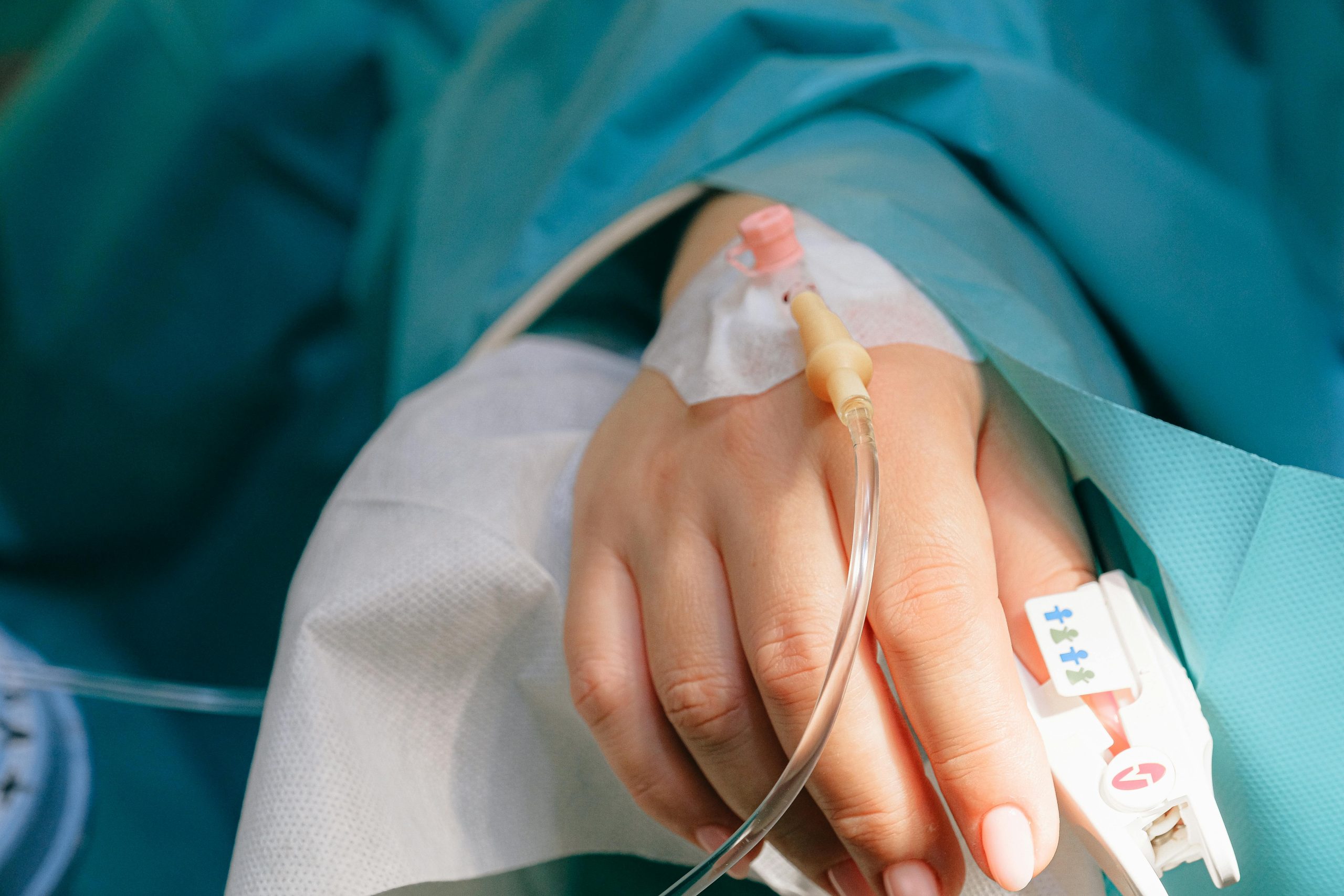In today’s fast-paced healthcare environment, hospitals are constantly seeking innovative solutions to improve patient outcomes and streamline operations. One of the most transformative advancements in recent years is the adoption of IoT-enabled vital signs monitors. These cutting-edge devices leverage the power of the Internet of Things (IoT) to provide real-time, continuous monitoring of patients’ health metrics, revolutionizing the way healthcare professionals deliver care. By integrating seamlessly with hospital networks, IoT-enabled monitors enhance accuracy, efficiency, and patient safety, making them indispensable tools in modern medical facilities.
What Are IoT-Enabled Vital Signs Monitors?
IoT-enabled vital signs monitors are advanced medical devices designed to track and transmit critical health data such as heart rate, blood pressure, oxygen saturation, and temperature in real time. Unlike traditional monitors, these devices are connected to the hospital’s network via IoT technology, allowing for instant data sharing with electronic health records (EHRs) and healthcare providers. This connectivity ensures that medical staff can access up-to-date patient information from any location, enabling faster decision-making and more personalized care.
These monitors often come equipped with features like predictive analytics, automated alerts, and remote monitoring capabilities. For example, if a patient’s vitals deviate from normal ranges, the system can immediately notify nurses or doctors, reducing response times and potentially preventing adverse events. The integration of IoT also minimizes manual data entry errors, ensuring that patient records are accurate and reliable.
Key Benefits of IoT-Enabled Vital Signs Monitors
The adoption of IoT-enabled vital signs monitors offers numerous advantages for hospitals, healthcare providers, and patients alike. Below are some of the most significant benefits:
- Real-Time Monitoring: Continuous tracking of vital signs allows for immediate detection of abnormalities, enabling timely interventions and reducing the risk of complications.
- Enhanced Patient Safety: Automated alerts ensure that medical staff are promptly informed of critical changes in a patient’s condition, improving overall safety.
- Improved Workflow Efficiency: By eliminating the need for manual vitals recording, these devices free up nurses’ time, allowing them to focus on direct patient care.
- Remote Monitoring Capabilities: Physicians can monitor patients’ conditions from anywhere, facilitating telehealth consultations and reducing the need for constant bedside presence.
- Data-Driven Decision Making: The wealth of data collected by IoT monitors supports evidence-based treatment plans and long-term health trend analysis.
How IoT-Enabled Monitors Improve Patient Outcomes
The ability to monitor patients continuously and remotely has a profound impact on healthcare outcomes. For critically ill patients, even a slight delay in detecting a change in vitals can be life-threatening. IoT-enabled monitors address this challenge by providing instant notifications and trend analysis, allowing healthcare teams to act swiftly.
For example, in post-operative care, these devices can detect early signs of infection or complications, such as a sudden drop in oxygen levels or an irregular heartbeat. Early intervention can prevent conditions from worsening, reducing hospital readmission rates and improving recovery times. Additionally, for chronic disease management, IoT monitors enable patients to be monitored outside the hospital, ensuring they receive timely care without unnecessary hospital visits.
Challenges and Considerations for Implementation
While IoT-enabled vital signs monitors offer immense benefits, their implementation is not without challenges. Hospitals must address several key considerations to ensure successful adoption:
- Data Security: Protecting sensitive patient data is paramount. Hospitals must invest in robust cybersecurity measures to prevent breaches and ensure compliance with regulations like HIPAA.
- Integration with Existing Systems: IoT monitors must seamlessly integrate with EHRs and other hospital software to avoid workflow disruptions.
- Cost and ROI: The initial investment in IoT technology can be significant, but the long-term benefits—such as reduced readmissions and improved efficiency—often justify the expense.
- Staff Training: Healthcare professionals must be adequately trained to use these devices effectively and interpret the data they generate.
The Future of IoT in Patient Monitoring
The future of IoT-enabled vital signs monitors is incredibly promising. As technology advances, these devices will become even more sophisticated, incorporating artificial intelligence (AI) and machine learning to predict health deteriorations before they occur. Wearable IoT monitors may also become more prevalent, allowing patients to be monitored in non-hospital settings, such as at home or in assisted living facilities.
Moreover, the growing emphasis on personalized medicine will drive further innovation in IoT monitoring. By analyzing vast amounts of patient data, these systems could tailor treatment plans to individual needs, optimizing care and improving outcomes. The integration of IoT with other smart hospital technologies, such as automated medication dispensers and robotic assistants, will create a fully connected healthcare ecosystem.
Conclusion
IoT-enabled vital signs monitors are transforming patient care by providing real-time, accurate, and actionable health data. These devices enhance patient safety, streamline hospital workflows, and support better clinical decision-making, making them invaluable in modern healthcare settings. While challenges like data security and integration must be addressed, the benefits far outweigh the obstacles. As IoT technology continues to evolve, its role in patient monitoring will only expand, paving the way for a smarter, more efficient, and patient-centric healthcare system.
